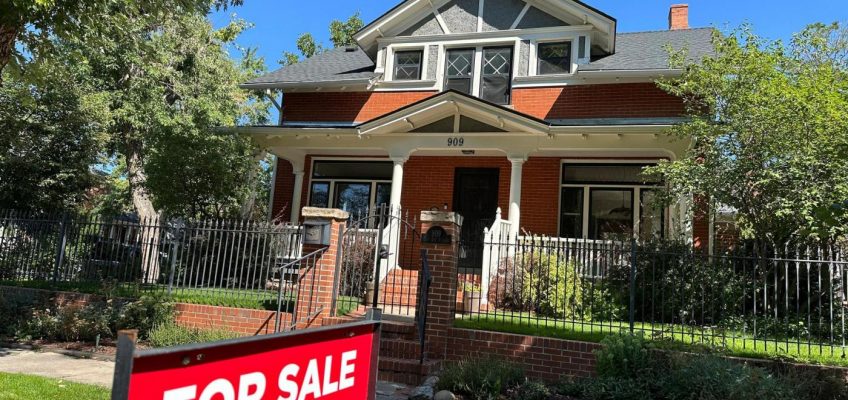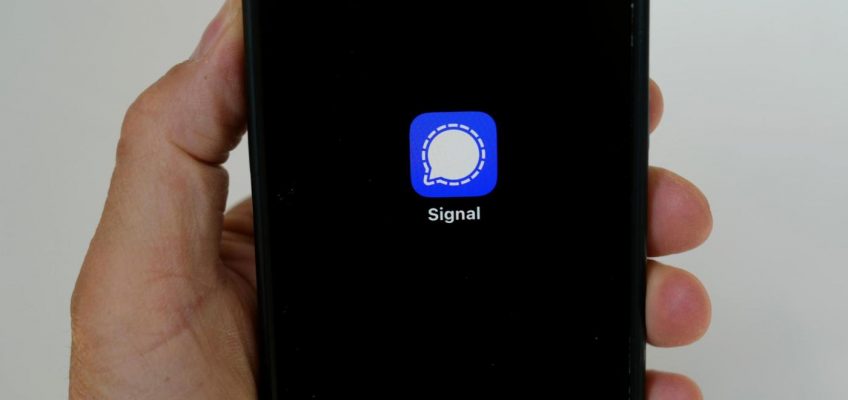By MICHAEL CASEY, JAKE OFFENHARTZ and KATHY McCORMACK
BOSTON (AP) — A Turkish student ambushed by federal police as she walked on the streets of a Boston suburb is the latest supporter of Palestinian causes to be swept up in the Trump administration’s crackdown on immigrants who have expressed their political views.
Rumeysa Ozturk, 30, a doctoral student at Tufts University, had been moved out of Massachusetts by the time her lawyer went to court and a judge ordered her to be kept in the state, U.S. government lawyers said in a court document Thursday.
The lawyers said that Ozturk, who was detained Tuesday shortly after she left her home in Somerville, was moved to a U.S. Immigration and Customs Enforcement detention center in Basile, Louisiana. They said they made her lawyers aware that she was being moved there and they helped facilitate contact with her Wednesday night.
A senior Department of Homeland Security spokesperson said federal authorities detained Ozturk and revoked her visa after an investigation found she had “engaged in activities in support of Hamas, a foreign terrorist organization that relishes the killing of Americans.”
“A visa is a privilege, not a right,” the spokesperson added. “Glorifying and supporting terrorists who kill Americans is grounds for visa issuance to be terminated. This is common sense security.”
The DHS did not provide evidence of Ozturk’s support of Hamas, which is designated by the U.S. government as a terrorist organization.
Friends and colleagues of Ozturk said she was not closely involved in pro-Palestinian protests that broke out on campuses last spring. Her only known activism, they said, was co-authoring an op-ed in a student newspaper that called on Tufts University to engage with student demands to cut ties with Israel.
“To my knowledge, the only thing I know of that Rumeysa organized was a Thanksgiving potluck,” said Jennifer Hoyden, a close friend of Ozturk’s who studied with her at Columbia University’s Teachers College. “There’s a very important distinction between writing a letter supporting the student Senate and taking the kind of action they’re accusing her of, which I’ve seen no evidence of.”
Hamas invaded Israel on Oct. 7, 2023, in an attack that killed some 1,200 people, mostly civilians. Israel’s retaliatory offensive has killed over 50,000 people, according to Gaza’s Health Ministry, and destroyed much of the enclave.
Ozturk’s arrest appears to be part of President Donald Trump’s pledge to deport students who, he said, engage in “pro-terrorist, anti-Semitic, anti-American activity,” a label the administration has applied broadly to those who criticize Israel and protest its military campaign in Gaza.
Earlier this month, immigration enforcement agents arrested and detained Mahmoud Khalil, a legal U.S. resident and Palestinian activist who played a prominent part in protests at Columbia last year. He is now facing possible deportation.
A University of Alabama student has also been detained by ICE, the university confirmed. The Crimson White, the student newspaper, reported that Alireza Doroudi, a doctoral student from Iran studying mechanical engineering, had been detained. But neither university nor the newspaper explained why Doroudi had been taken into ICE custody.
Video obtained by The Associated Press appears to show six people, their faces covered, taking away a shouting Ozturk’s phone before she is handcuffed.
“We’re the police,” members of the group are heard saying in the video.
A bystander is heard asking, “Why are you hiding your faces?”
Ozturk, who is Muslim, was meeting friends for iftar, a meal that breaks a fast at sunset during Ramadan, according to her lawyer, Mahsa Khanbabai.
Khanbabai, who said no charges have been filed against Ozturk, filed a petition seeking her release Tuesday and then an emergency motion Wednesday.
U.S. District Judge Indira Talwani initially issued an order giving the government until Friday to answer why Ozturk was being detained. Talwani also ordered that Ozturk not be moved outside the District of Massachusetts without 48 hours advance notice.
The government said in its response Thursday that it “will set forth the timeline” of Ozturk’s arrest and transfer from Massachusetts.
The facility where she’s being held is one of nine in Louisiana that house immigrants waiting for legal proceedings or deportation, according to a 2024 report on ICE’s website. It’s situated on the outskirts of a rural town about 50 miles (80 kilometers) northwest of Lafayette.
“We are in touch with local, state, and federal elected officials and hope that Rumeysa is provided the opportunity to avail herself of her due process rights,” Tufts University President Sunil Kumar said in a statement Wednesday night.
Ozturk was one of four students last March who wrote an op-ed in The Tufts Daily criticizing the university’s response to student demands that Tufts “acknowledge the Palestinian genocide,” disclose its investments and divest from companies with direct or indirect ties to Israel.
After the op-ed was published, Ozturk’s name, photograph and work history were published on the website Canary Mission, a website that describes itself as documenting people who “promote hatred of the U.S.A., Israel and Jews on North American college campuses.”
A large crowd gathered Wednesday night in Somerville to protest Ozturk’s detainment.
“It’s important that we all remember what she wrote about and why she was targeted, which is Palestine,” Lea Kayali, from the Palestinian Youth Movement, told the crowd.
“It’s important for us to remember that this is not new for immigrant communities, and this is not new for Palestinians,” she added. “The U.S. government is deliberately trying to target our movement and scare us into silence. But we will not be silenced.”
Associated Press writer Sara Cline in Baton Rouge, Louisiana, contributed to this report.




